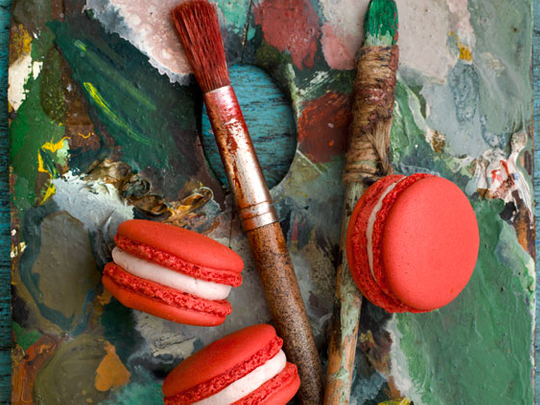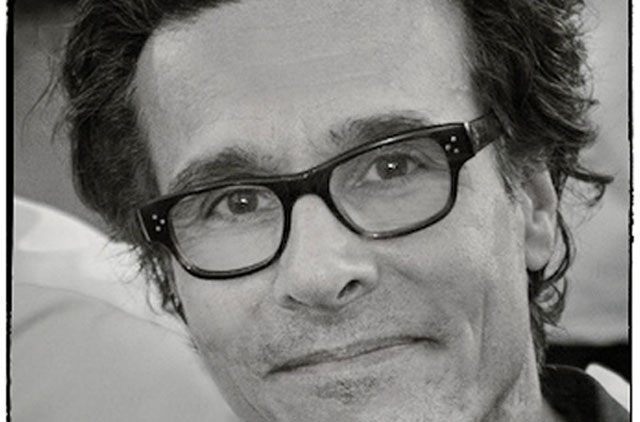
Food is such an integral part of our lives at home and when socialising that it’s no wonder snapping pictures of it and sharing them on social media sites come naturally to many of us.
London-based author and photographer Jean Cazals has more than 80 books to his credit. He was crowned Best Food Photographer 2012 and won the Gourmand Best Dessert Cookbook 2013 award for for his Tea Time book, along with many other accolades.
He said, (at a recent masterclass in association with Nikon in Dubai, a place he regularly visits for work), “Food photography is like a recipe. There has to be a perfect balance of ingredients that work together. It is also important to pay attention to the dynamics of the elements within a picture where, once again, there has to be a balance between the foreground and the background.”
Cazals is of the opinion that pictures will come alive when you work towards making a picture rather than taking one and hoping for the right moment. He says it is possible to turn even the simplest things into exciting pictures. Food is not about the finished product and is influenced by its ingredients and surrounding environment. These elements can be used to set the mood and feel of the pictures.
Styling
Composing the shot correctly can provide amazing results. The notion that less is more works best on a plate, coupled with a glass and cutlery or napkin and table cloth. The fun in food photography comes when you are able to show it in its most natural form and process. Capturing actions of food being cooked, garnished or eaten makes it more interesting. Compose your pictures with a good balance of foreground and background that helps to create better pictures, says Cazals.
Angle
Just like in fashion, the right angle plays a vital role in food photography. Visualise your shot, move around as much as possible and try to find the best angle. Unlike a model being able to walk away, food stays and you should feel free to move it around, poke, re-position and get the exact shot you want.
Food photography is a personal thing and depends on what each one’s eyes are capturing. With practice, your eye will begin to catch the best angles and better visualise the shot that captures elements far more attractively than people viewing the food, says Cazals.
Lighting
Barry Morgan, a commercial photographer in Dubai who has taken his share of exciting food photographs, emphasises, “Rather than looking around for better light to do your photography at home or in a restaurant, find a window that lets in some good, but indirect light. When using artificial lights, it will help to change the white balance on your camera to the same temperature as the light. This will make the colour of the light more natural rather than giving it an upper yellow look. Avoid using the flash.”
Morgan says that a common mistake in food photography is forgoing stabilisation. This can be acquired with a tripod or something stable like a stack of books. Morgan also recommends the use of a timer to avoid any vibration when hitting the shutter.
The main ingredient
Take as many shots as possible at all stages, including cooking, presenting and eating. Different foods look best at different angles. Try to be as real as possible and capture the shot from not too close or far away. Concentrate on the main ingredient on the plate. Diffusing the other parts helps to provide a focus to the hero of the dish.
“Take a photo of the perfect untouched dish, but then don’t be afraid to get stuck in and take some shots while being eaten and enjoyed. Take more shots and then pick the best one.” says Morgan.
Cropping
Editing and cropping pictures afterwards is another key element in food photography. Check and recheck the frame to ensure that it is as tight as possible. This helps to define the elements and allows people to identify and relate to the food.
Last but not least, master Photoshop. However, Cazals insists that it must be used to just clean the picture, not to retouch it. “You, and not the camera, take the pictures. You have the pleasure of taking it with your own eyes,” he says.













